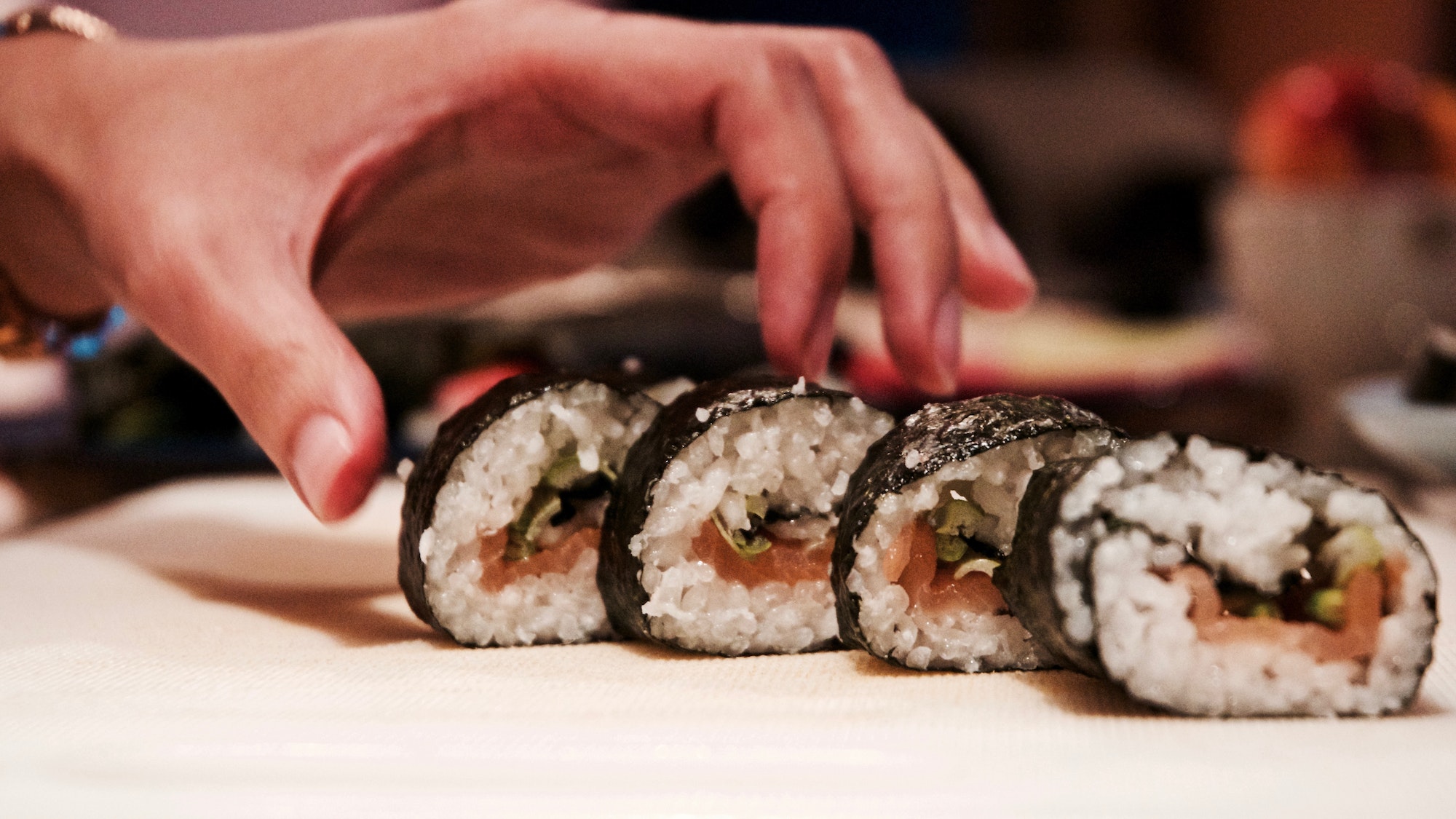Sushi has become a worldwide sensation, with people from all walks of life enjoying the unique tastes and textures that this traditional Japanese cuisine has to offer. But have you ever wondered about the art and skill that goes into creating those delicious sushi rolls, sashimi, and nigiri? In this article, we will delve into the world of sushi making, exploring its history, techniques, ingredients, and even how you can learn this culinary craft yourself. So, grab your chopsticks and let’s embark on a culinary journey into Japanese cuisine.
A Brief History of Sushi
Sushi can be traced back as far as the 4th century in Japan, when it was primarily a method of preserving fish by fermenting it with rice. Over time, the fermentation process shortened, and people began to enjoy the combination of fish and rice as a meal. The sushi we know today, with its various ingredients and beautiful presentation, evolved during the Edo period (1603-1868) in Japan.
Traditional Japanese sushi consists of vinegared sushi rice, raw fish, and various other ingredients like vegetables, seaweed, and fish roe, all expertly combined to create visually appealing and flavorful dishes. The art of sushi making, or “narezushi,” has been passed down through generations of skilled sushi chefs who dedicate their lives to perfecting this craft.
Sushi Making Techniques and Ingredients
The art of sushi making requires a deep understanding of the ingredients, tools, and techniques used to create the perfect bite. Let’s explore some of the key components and skills needed to become a sushi master.
Sushi Rice
Sushi rice is the foundation of any sushi dish, and it is essential to get it just right. The rice should be short-grain Japanese rice, which has a higher starch content and a sticky texture when cooked, allowing it to hold together when shaped. The rice is seasoned with a mixture of rice vinegar, sugar, and salt, giving it a slightly sweet and tangy flavor that complements the other ingredients.
Fish Selection
The fish used in sushi should be of the highest quality, as it is often consumed raw. Sushi-grade fish is typically caught, processed, and frozen in a way that ensures it is safe to eat raw. Some popular fish used in sushi include tuna, salmon, yellowtail, and eel. It is essential to properly slice the fish, with techniques such as “sashimi-giri” for thin slices and “hira-giri” for thicker, rectangular cuts, to ensure the best texture and presentation.
Other Ingredients
In addition to sushi rice and fish, sushi can include various other ingredients like vegetables, avocado, seaweed (nori), fish roe, and even cooked meats like shrimp or crab. These ingredients add color, texture, and flavor to the sushi, making each bite a unique and delicious experience.
Rolling Techniques
Sushi rolls (maki) are probably the most well-known type of sushi in the Western world. To create these rolls, sushi chefs use a bamboo mat (makisu) to shape the rice, fish, and other ingredients into a tight cylinder, which is then sliced into bite-sized pieces. There are various rolling techniques, such as “futomaki” for large, thick rolls and “hosomaki” for thin rolls, each with their unique style and presentation.
Sushi Making Classes and Books
If you’re inspired to try your hand at sushi making, there are many resources available to help you learn the craft. Sushi making classes offer hands-on experience with skilled instructors, while books and graphic novels can provide step-by-step guides to creating your sushi masterpieces.
Sushi Making Classes
Cooking classes are a fantastic way to learn the art of sushi making, with experienced chefs guiding you through each step of the process. Many major cities, like Las Vegas and New York, offer sushi making classes for beginners and more experienced cooks. These classes cover everything from selecting the right ingredients to perfecting your rolling technique, leaving you with the skills and confidence to create delicious sushi at home.
Sushi Making Books
Books on sushi making can be an invaluable resource for aspiring sushi chefs. One such book is The Complete Guide to Sushi and Sashimi by Chef Jeffrey Elliot and Chef Robby Cook, which offers a comprehensive look at the techniques, ingredients, and recipes needed to master the art of sushi. For a more unique approach, consider The Art of Sushi by Franckie Alarcon, a graphic novel that combines storytelling with detailed illustrations and instructions for sushi making.
The Sushi Experience
Sushi is more than just a meal; it is an art form that represents Japanese culture, history, and culinary skill. The experience of dining on sushi crafted by a master sushi chef, or even making it yourself, is one that engages all of your senses, from the delicate flavors and textures to the beautiful presentation.
Whether you’re a sushi connoisseur or a newcomer to this culinary delight, understanding the art of sushi making allows you to appreciate the effort, skill, and passion that goes into every bite. So why not embark on your sushi journey, either by enjoying a meal at a traditional Japanese sushi restaurant, taking a cooking class, or exploring the world of sushi through books and graphic novels? Your taste buds will thank you!

